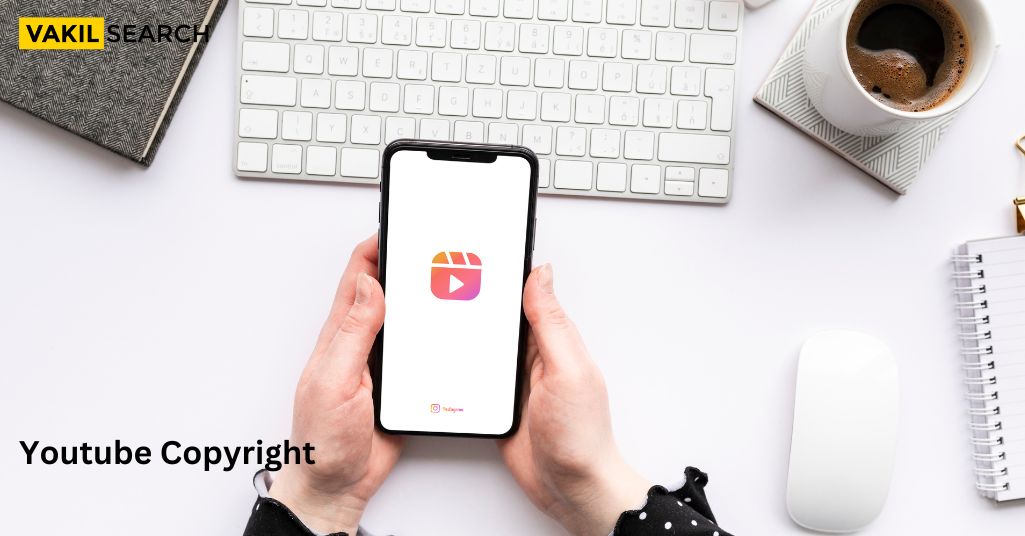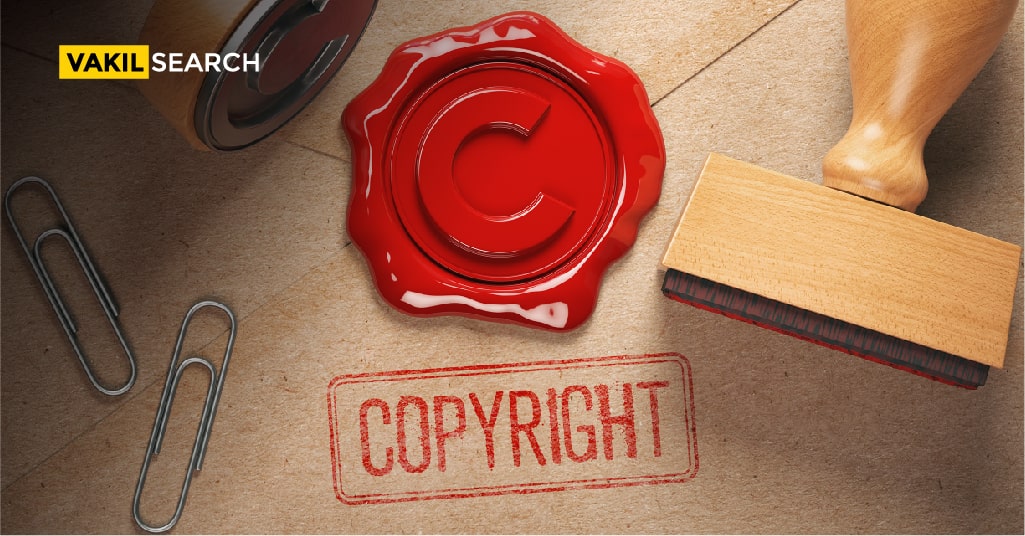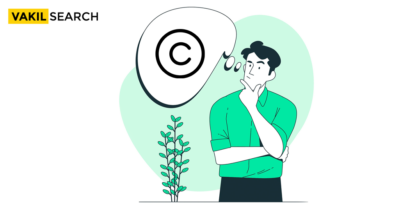Have you intended to start your own YouTube channel? If yes, you should be first aware of the YouTube copyright disclaimer. Read this article, and you will surely get a lot of information about the same.
Introduction to YouTube Copyright
YouTube had quickly become a popular search engine in 2005 when it was launched for the first time. It has won people’s hearts as it makes posting and finding videos online much more effortless. It is the second most popular search engine. You need a wifi connection, and you can view any video from the numerous creators available on the platform. It has boosted many beneficial video creators, such as teachers, to reach a more global audience for free. It helps people connect with other people and cultivate their community.
However, if you regularly upload videos on YouTube, you should make sure you understand the strict copyright rules of the site. Read this article to understand better the YouTube copyright disclaimer and how to avoid getting suspended.
YouTube Copyright Disclaimer
YouTube is stringent and strikes down your video if you have unauthorised copyrighted content on your channel. Anyone can report your video for copyright infringement and get your video deleted or, worse, your account suspended. However, if you follow some basic rules, YouTube allows you to use parts of someone else’s copyrighted video in your content. You won’t have to worry about a copyright strike if you follow the rules correctly. A YouTube disclaimer is usually found under the video’s description or in the video itself. Writing or mentioning a disclaimer in your description or video is the best way to protect your content and preserve it as the original.
The YouTube disclaimer includes issues that may come up if someone uses your original content or details the use of copyrighted videos in your content. A YouTube disclaimer can help you protect your original content from misuse and help enable you to avoid lawsuits if you use parts of copyrighted videos. Several types of disclaimers are used for music to avoid legal liabilities, sample fair use statement, and copyright disclaimer.
Importance of Using a YouTube Disclaimer
Using views expressed disclaimer in your videos is the best way to protect your content. It takes painstaking work to create original content, and you should do everything in your power to ensure no one on the internet is misusing it. A YouTube disclaimer prevents other people from stealing your original video or using it without your express permission. Moreover, if you include someone else’s copyrighted material in some parts of your video, the disclaimer for fair use on YouTube can help you avoid copyright strikes and claims. Under the Indian Copyright Act, 1957, Fair use enables you to put copyrighted content in your video without express permission from the owner. It is essentially a loophole if you want to react to a copyright-protected video. Suppose you have used someone else’s copyrighted content to make a reaction video, detailed research, a news report, teach people, or just comment. In that case, you can use the fair use YouTube disclaimer to protect your content. If you use a liability disclaimer for YouTube protects you from lawsuits. You should use this disclaimer if you feel you have used any product or given any advice in your content.
Types of YouTube Copyright Disclaimer
YouTube disclaimers are legal statements that define rights, liabilities, and risks that may be assumed when a user accesses website content. Disclaimers are important for YouTube creators to protect themselves from legal issues that may arise from their content. Here are some types of YouTube disclaimers:
1. Copyright disclaimer: This disclaimer appears on content that uses someone else’s copyrighted content. It helps protect against copyright infringement claims and should include a statement of “fair use” and credit to the original creator.
2. Fair use disclaimer: This disclaimer states that the creator does not own the content reproduced in their video and that their use falls under fair use. It helps prevent others from using your videos for their own.
3. Liability disclaimer: This disclaimer states that the creator is not responsible for any harm or damage that may result from the use of their content.
4. Advice or views expressed disclaimers: This disclaimer states that the creator’s opinions or advice are their own and should not be taken as professional advice.
5. Medical disclaimers: This disclaimer states that the creator’s content is not intended to be medical advice and should not be used as a substitute for professional medical advice.
6. Affiliate link disclaimers: This disclaimer states that the creator may receive a commission if viewers click on affiliate links in their video.
It is important to customize your YouTube disclaimer to your industry and the types of liability you are most likely to face. Disclaimers should be visible and should clearly state the rights and permissions associated with the content featured in a video.
Some Examples of YouTube Disclaimer
As more content creators on YouTube are getting educated about the use of disclaimers, it has become increasingly popular. You should be extremely careful while uploading videos to YouTube since there is a risk that they may get taken down due to copyright laws. You are also at a higher risk for lawsuits. Read this article to understand the YouTube disclaimer and which type of disclaimer does what. Luckily, you don’t need to manually formulate your disclaimer. Certain websites offer to generate a customised disclaimer for your video. You can easily find disclaimer generators online.
Click here to know more about : https://copyright.gov.in/disclaimer.aspx
CBS has used a YouTube copyright disclaimer for a trailer for an original series. This disclaimer protects you from someone using your content without permission. Even though you are protected by copyright laws when you make original videos, using a YouTube copyright disclaimer can help prevent copyright infringement. It is a way to declare your rights provided under copyright laws.
You can use a fair use policy disclaimer on YouTube if you want to put unauthorised material in your videos. Before you use someone’s copyright-protected content without permission, make sure you have used it to comment, criticise, teach, research, or provide news. You are only allowed to use unauthorised media for these purposes. Ensure that your disclaimer cites the particular law for fair use. For instance, the YouTube channel “The Cosmic Wonder” included a fair use disclaimer under their video description since they used certain scenes from Marvel movies.
A You Tube disclaimer is useful when you want to use samples of someone’s music. Many people post covers of popular songs on YouTube. For example, the YouTube channel of Adam Lee used a music disclaimer under a video of a cover of Justin Bieber’s song.
YouTube liability disclaimer helps protect you against legal issues if you provide any type of advice in your videos. For example, a video that details traffic laws needs to put a legal disclaimer in the description or the video itself.
How to Write a Copyright Disclaimer for YouTube
Before you include a copyright disclaimer for YouTube video, ensure that you are using the correct type of disclaimer. You must adhere to certain aspects while writing a copyright disclaimer for YouTube. You must include your copyright in an obvious place, so it’s more visible. It is essential to cite the particular copyright law that you are using. You should mention the name of the copyright holder in the disclaimer. You don’t need to stress about writing a disclaimer. Many free sites can generate the perfect YouTube disclaimer for you. You just need to input some basic details about your video, and you can get a disclaimer. There are templates for different types of disclaimers available on the internet. You can customise these for your videos. However, you can consult a lawyer for an airtight no responsibility disclaimer template if you need extra protection.
FAQ’s:
How does YouTube's Content ID system work?
YouTube's Content ID system scans uploaded videos for copyrighted content and compares it to a database of copyrighted material provided by content owners. If a match is found, the content owner can choose to block the video, monetize it or track its viewership.
How do I challenge a copyright claim on YouTube if I believe it's mistaken?
If you believe a copyright claim on your video is mistaken, you can dispute it through YouTube's Content ID dispute process. This process allows you to provide evidence that you have the right to use the copyrighted material in your video. If the claimant does not respond within 30 days, the claim will be released, and your video will be restored.
Can I use copyrighted music in the background of my YouTube video?
You can use copyrighted music in the background of your YouTube video if you have obtained permission from the copyright owner or if your use falls under fair use.
How can I use Creative Commons videos on YouTube?
You can use Creative Commons videos on YouTube by searching for videos with a Creative Commons license and attributing the creator. Creative Commons licenses allow creators to share their work with others while retaining some rights to their work.
What is the difference between a copyright claim and a copyright strike on YouTube?
A copyright claim is a notification that a copyrighted work has been detected in your video and the copyright owner has chosen to monetize, track or block your video. A copyright strike is a more severe penalty that can result in the removal of your video, a temporary suspension of your channel or the termination of your channel. Copyright strikes are issued when a copyright owner requests the removal of a video, and the request is found to be valid.
How does monetization get affected if my video receives a copyright claim?
If your video receives a copyright claim, the copyright owner can choose to monetize your video, which means that they will receive a portion of the ad revenue generated by your video.
Are there any royalty-free or no-copyright music sources recommended for YouTube creators?
Yes, there are several royalty-free or no-copyright music sources recommended for YouTube creators, such as YouTube Audio Library, Free Music Archive, and Incompetech. These sources provide music that can be used in YouTube videos without the need for permission or payment.
What happens if I receive multiple copyright strikes on my YouTube channel?
If you receive multiple copyright strikes on your YouTube channel, your channel may be suspended or terminated. The number of strikes required to trigger a suspension or termination depends on the severity of the violations and the history of the channel.
How can I protect my original content on YouTube from being re-uploaded by others?
You can protect your original content on YouTube from being re-uploaded by others by using YouTube's Content ID system or by filing a copyright takedown notice.
What is 'public domain' and how does it relate to YouTube content?
Public domain refers to works that are not protected by copyright and are available for anyone to use without permission or payment. YouTube content that is in the public domain can be used freely without the need for permission or payment.
If I purchase a song or video clip, does that mean I have the right to use it in my YouTube video without restrictions?
No, purchasing a song or video clip does not necessarily mean that you have the right to use it in your YouTube video without restrictions. You may still need to obtain permission from the copyright owner or ensure that your use falls under fair use. It is important to read the terms of use and licensing agreements for any content that you purchase to ensure that you are using it legally.
Conclusion
YouTube is a popular platform, and it helps you upload content to a large audience. It enables you to reach out to many people quickly. There is always a danger of legal liabilities if you post your video on YouTube. To avoid this concern, you must use a disclaimer for youtube video to avoid any legal troubles. It can help you protect your content from owners who misuse copyright laws. There are different types of disclaimers for different issues. (pckart.net) Use the steps provided in the article to make a disclaimer that can protect your content.
Read more:










